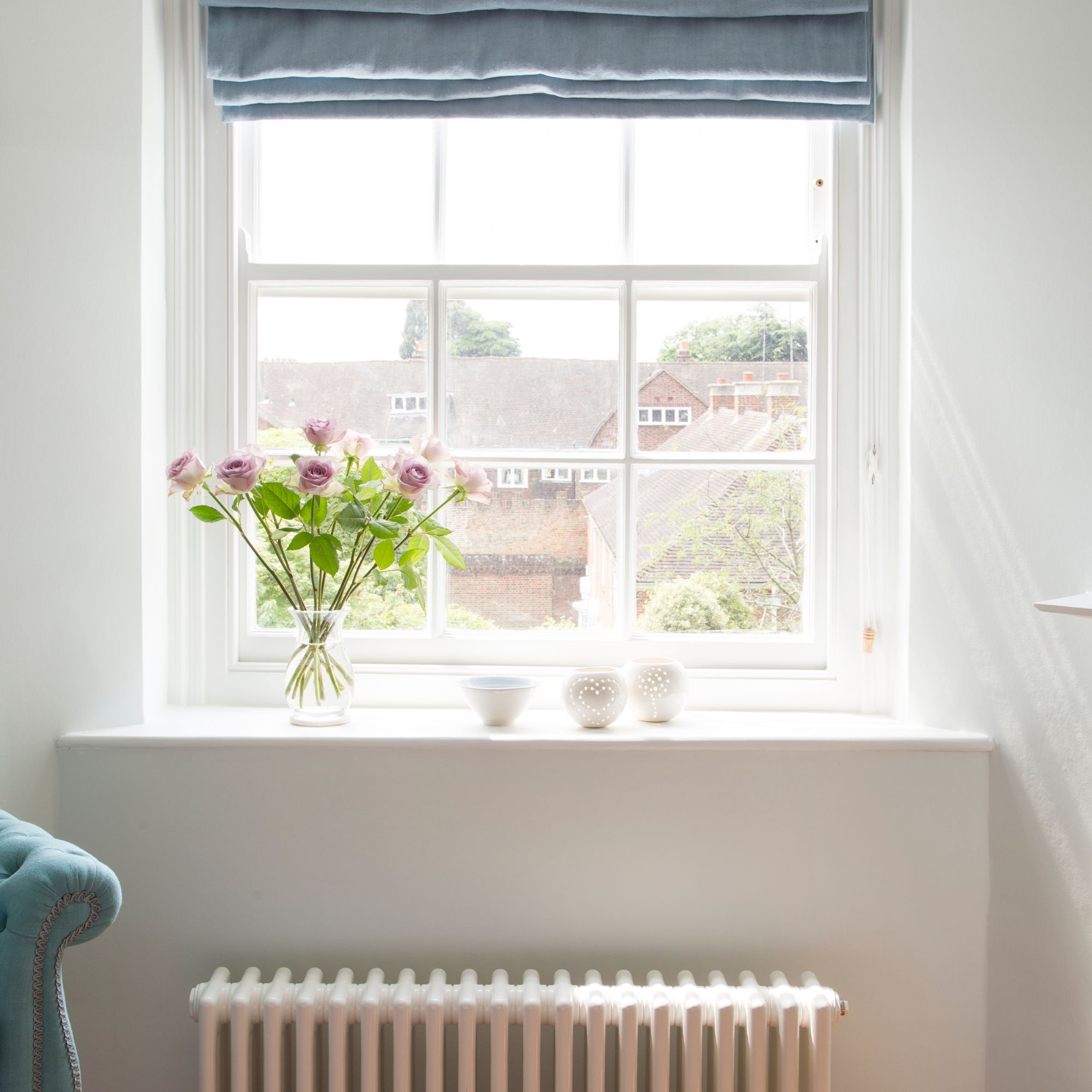
Living in a period property comes with all sorts of quirks, some good and some, well, less than ideal. I live in an early Victorian flat which is blessed with lots of windows that reach near the top of the high ceilings. However, while the light they let in is great, they're single-glazed and uneven, so you can feel draughts coming in on all but the most calm of days.
As I'm renting, I don't have the option of replacing the windows, so I've had to be a bit creative when thinking of ways to try and keep the place warm this particularly stormy winter. One day, after scouring the internet for new ideas and hacks to try, I stumbled across insulation tape and ordered it without a second thought.
Now that it's been in place a couple of months, while I still wouldn't say I have the warmest home around, I can say that it was a very good use of £12. Here's how it helped me...
What is insulation tape?
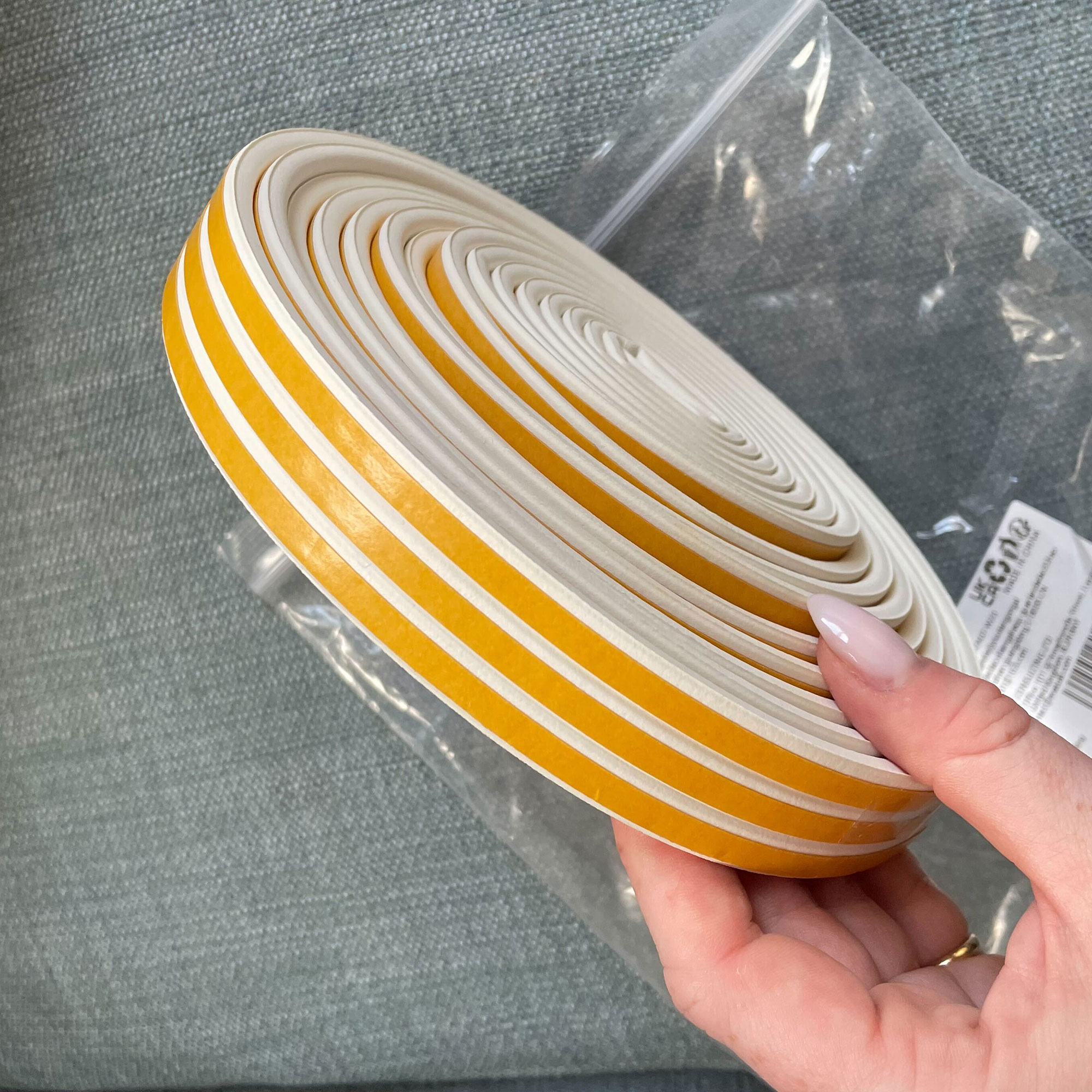
First things first – what actually is insulation tape, and how can it help draught-proof a home?
'Insulation tape is often made from foam, rubber, or other insulating materials, and will seal the gaps and cracks that are causing the draughts,' explains heating expert Nicholas Auckland from Trade Radiators. 'It's especially effective in older homes that have a lot of cracks and draughty spots, and its major benefit is that it's relatively cheap to buy and easy to install.'
As a result of cutting down on draughts, the space should feel warmer and, as a result, energy bills should be lower. 'By creating a tighter seal, it reduces the strain on heating systems, leading to lower energy consumption and, ultimately, reduced energy bills,' points out Stephen Hankinson, energy efficiency expert at Electric Radiators Direct.
'While exact savings depend on factors like the size of the gaps and the overall insulation quality of the home, draught-proofing windows and doors could save you around £40 a year in Great Britain and £50 in Northern Ireland.'
Of course, this wouldn't all be down to insulation tape, but every little helps.
While there are plenty of options on the market, this was the exact tape I opted for, costing just under £12 for 20m of of the sealing tape.
When choosing which tape to buy, I chose the one I did thanks to its glowing reviews and 4.3 star rating.
'Great and easy to use, went around all the windows and doors no problem, took maybe an hour to do the whole house. Ever since the house has been so much warmer and the heating bill came down,' read one review.
'Used for windows that don't quite align any more, letting drafts in. Fixed the problem in a flash - highly recommended,' added another customer.
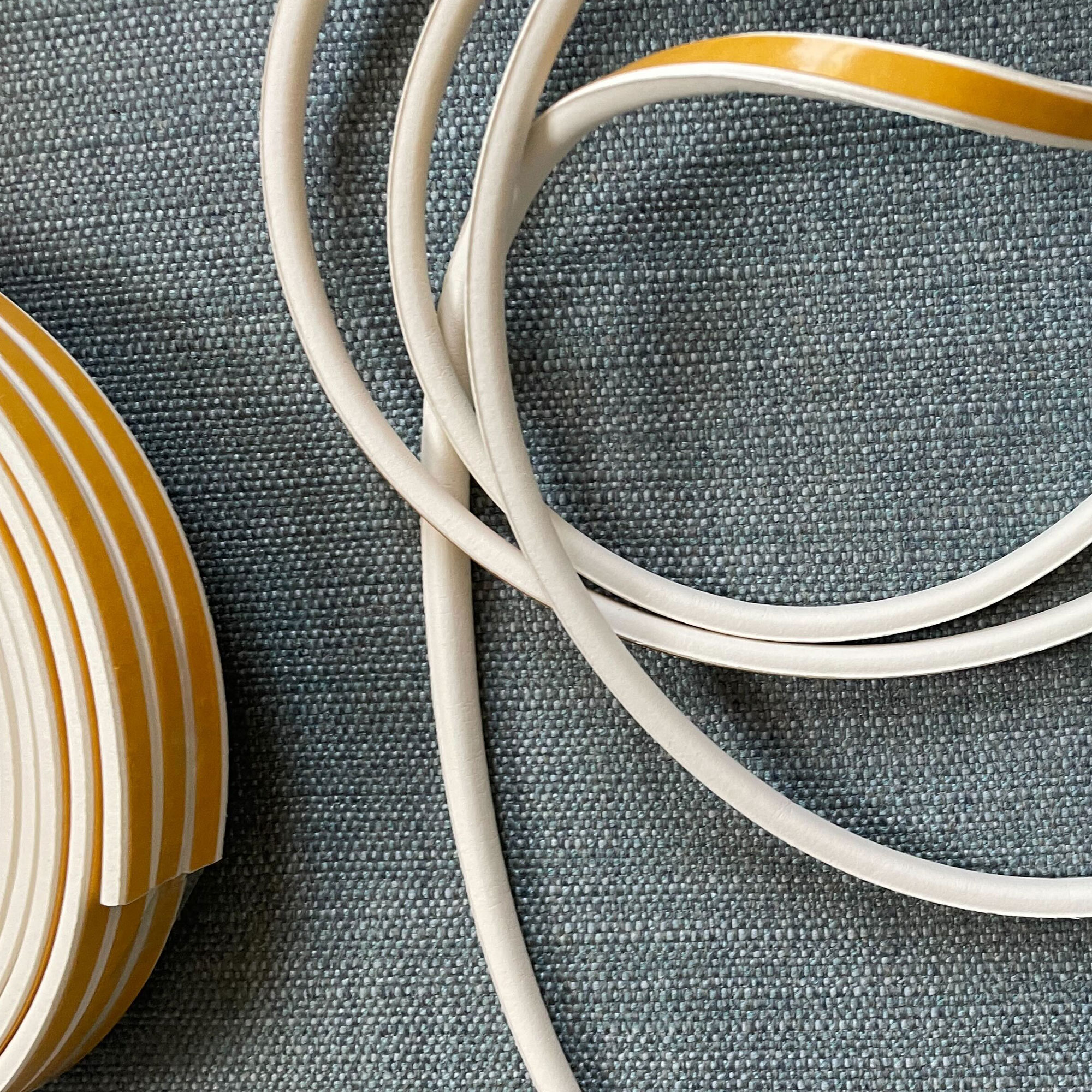
If you're debating which tape to pick up, 'it’s important to opt for high-quality, weather-resistant brands with strong adhesive properties,' advises John Davis, owner of Springfield Steel Buildings. John particularly recommends the Frost King brand.
Most of the insulation tapes available can be cut to different lengths to accommodate your window size, but do pay attention to the size of the tape. 'It’s important that you choose the correct width,' explains Ryan Calvert, product expert at Hiatt Hardware.
'If the width of the insulation strip is too wide, it can prevent your window from shutting correctly, only causing the problem to worsen. Similarly, if the strip is too thin, it won’t keep draughts out and therefore won’t improve your energy efficiency.
The installation
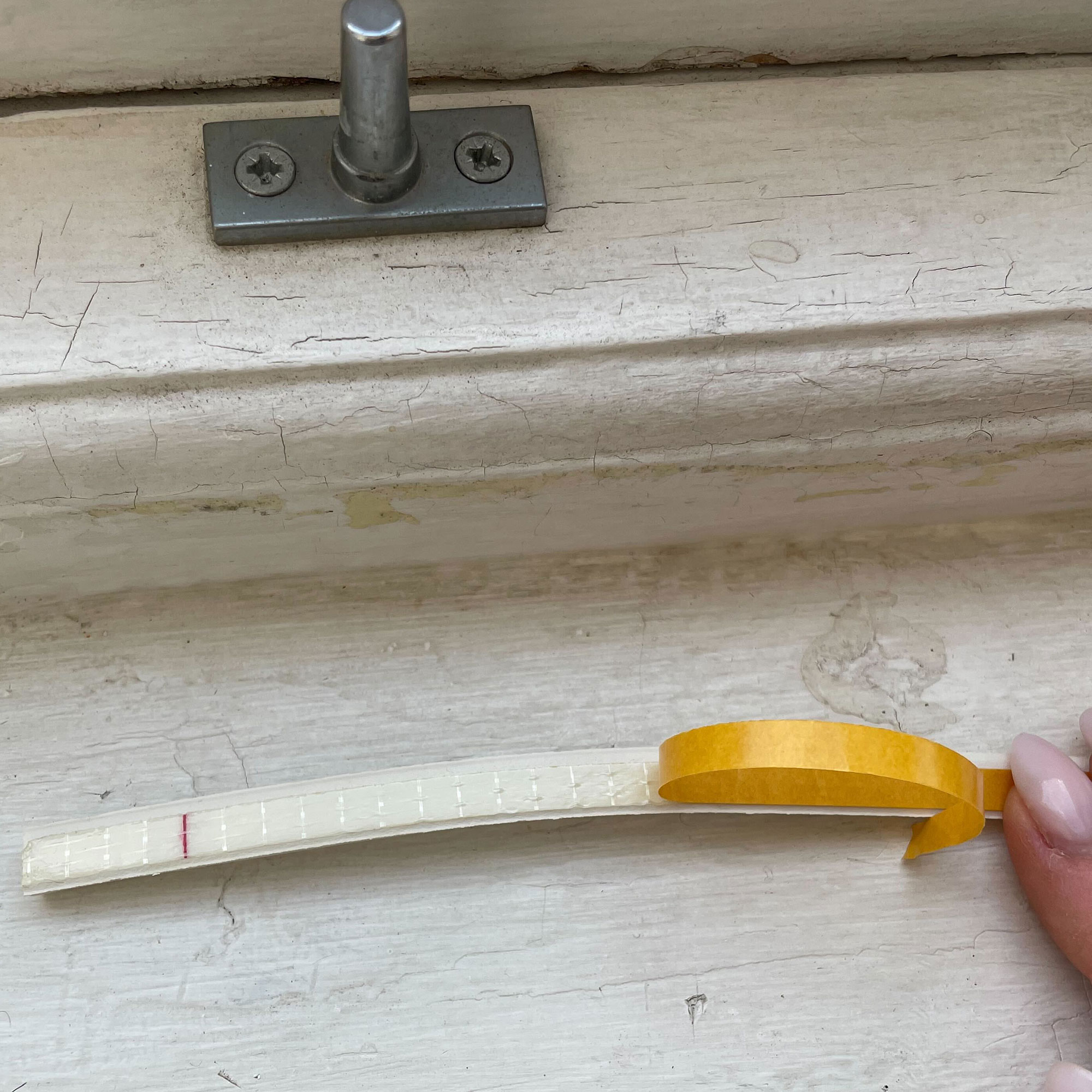
Installing the tape is incredibly easy. First, as John says, you do have to 'make sure surfaces are thoroughly cleaned for maximum adhesion and coverage'. Next, you cut the tape to the length required.
Once this is done you simply peel off the cover covering the adhesive side of the tape and stick to to your door or window frames, covering up any gaps.
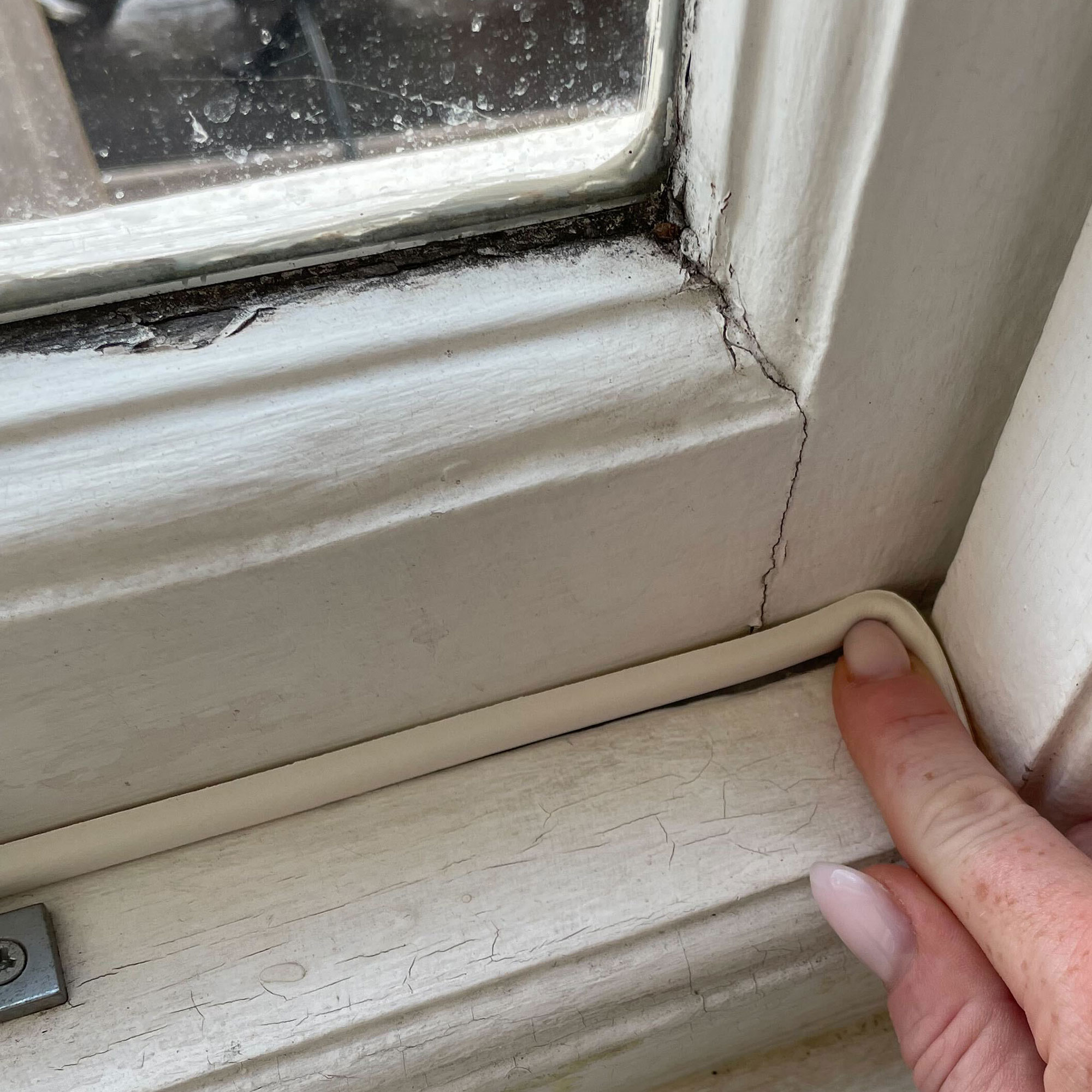
While I only applied the insulation tape to my windows, now that I've spoken to the experts I'm planning on adding more throughout the house.
'External doors are one of the most common areas where cold air can enter your home,' pointed out Ryan. 'To tackle this, start by applying self-adhesive draught-proofing strips around the edges of the door, just as you would with windows.'
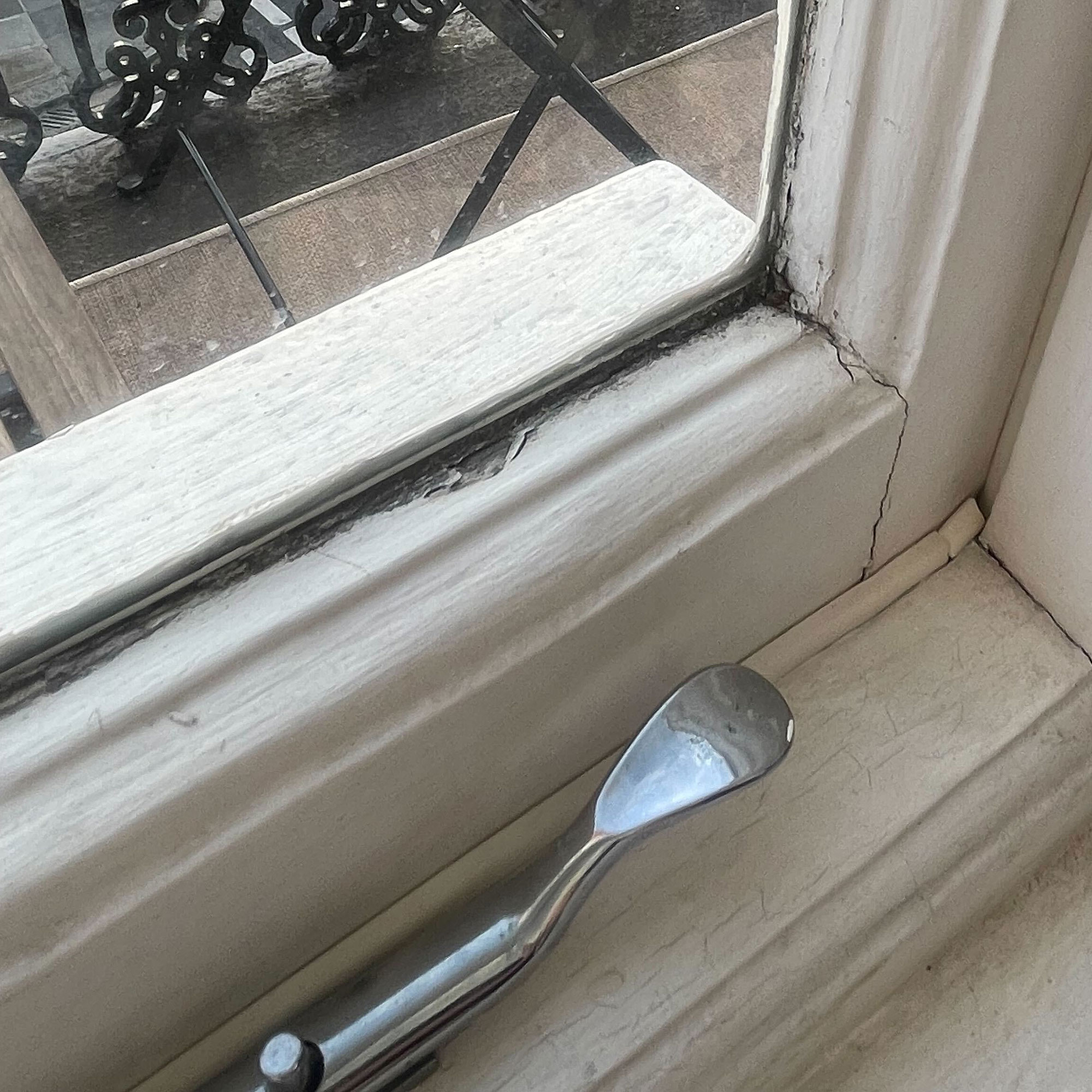
As a temporary measure I may add some into the gaps in my floorboards, too. If I wasn't renting, I would follow Ryan's advice to insulate and save on energy.
'Skirting boards and floorboards can expand and contract with temperature changes, leading to gaps that let in cold air. To keep the cold air out, we recommend applying hard-setting fillers that are also flexible enough to tolerate movement such as mastic sealant or decorator’s caulk.'
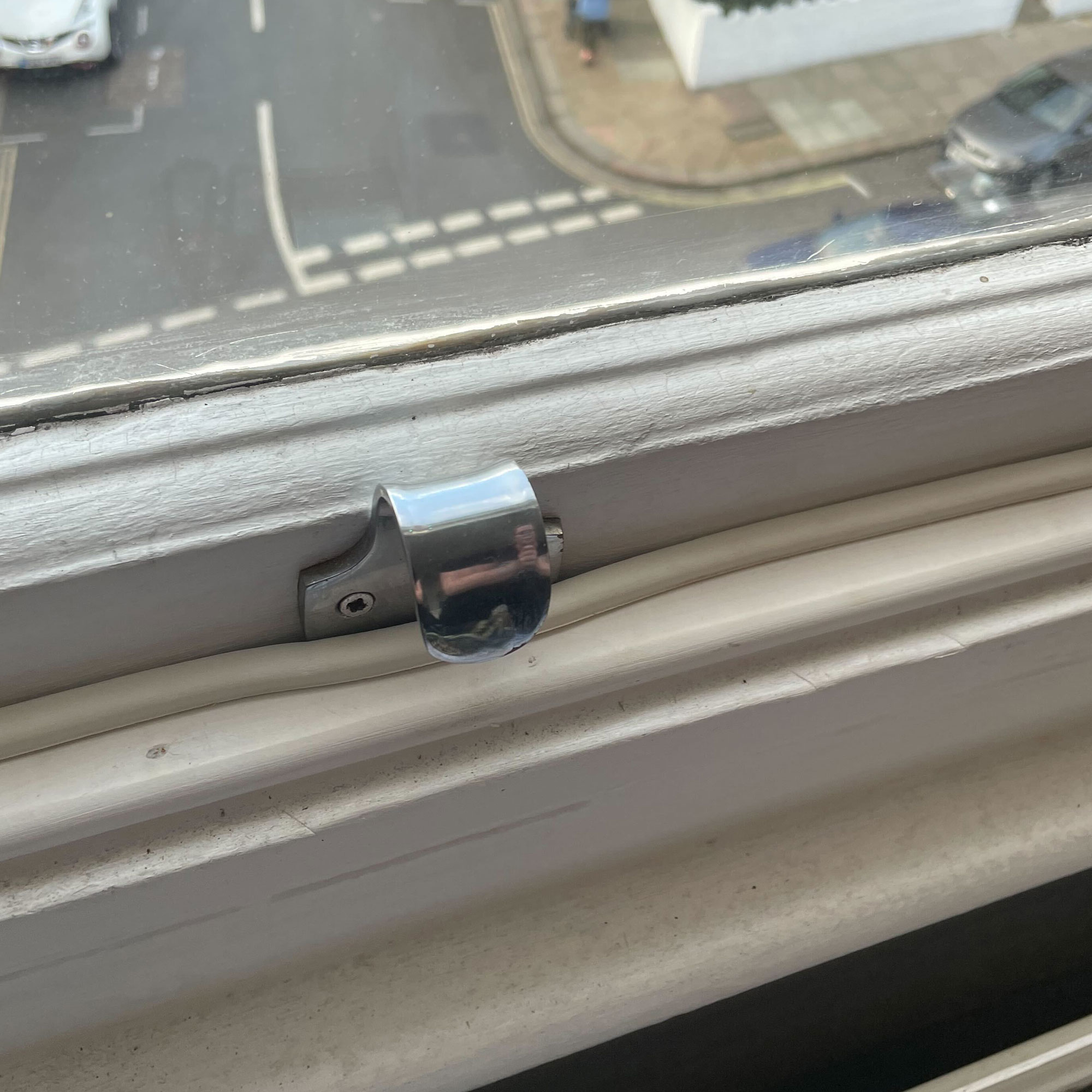
Since I am renting, I did need the tape to be removable. After having the tape in place for a couple of months, I decided to take off a portion (to test another method – I'll let you know how big a success or a fail that one turns out to be soon!), and was delighted that it left no visual residue and also didn't remove any paint.
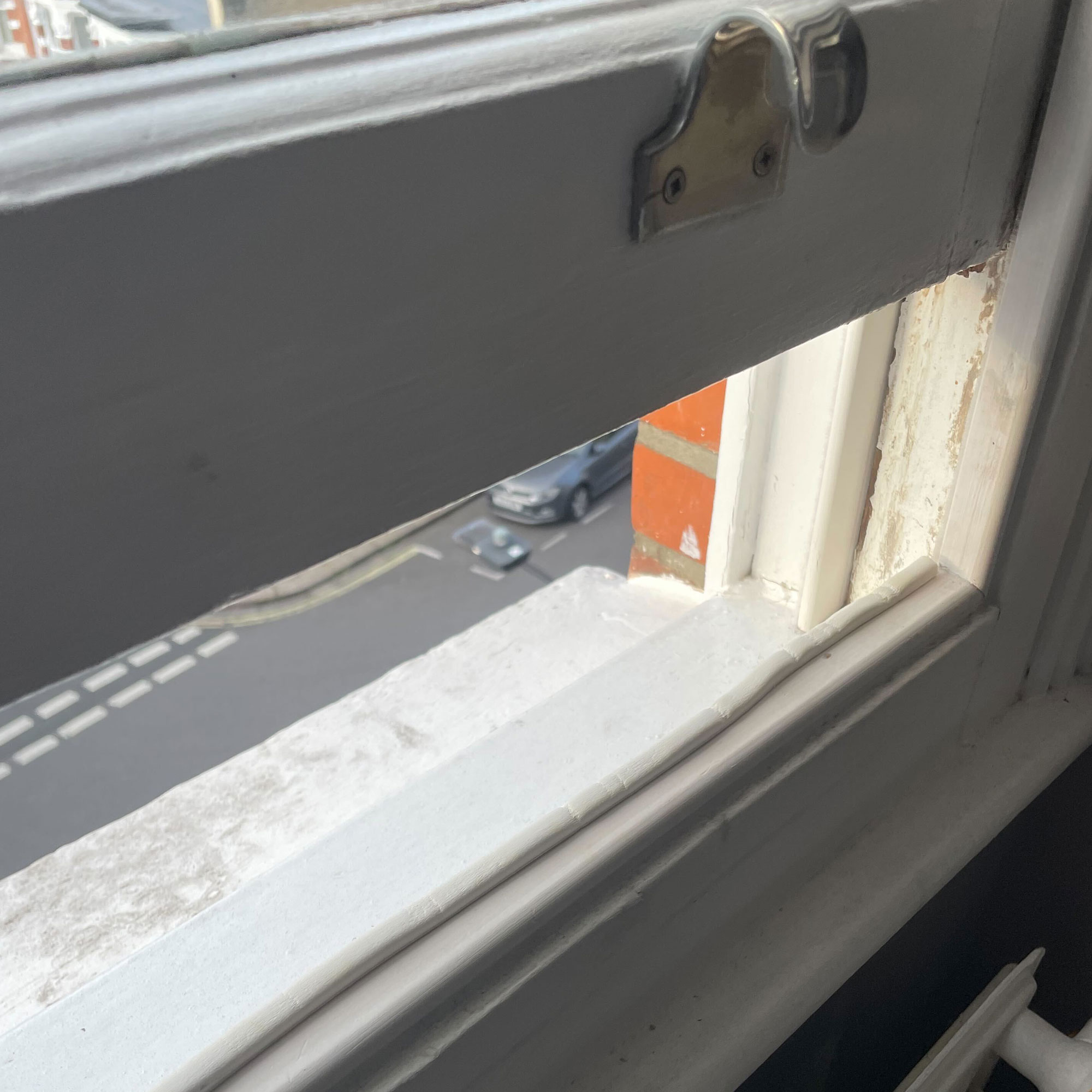
The verdict
As soon as I had the insulation tape in place I was able to feel the difference it was making. A great deal less cold air was blowing into the flat right from the off, and it's neither fallen off or become noticeably less effective over time.
I don't think this is a perfect measure. Ideally, I would have double glazed windows without gaps, and a well insulated home. However, for a low-cost, low-effort way to make things warmer, I would definitely recommend giving insulation tape a go.
'While it’s no substitute for professional insulation, it’s an effective supplementary measure that can lead to substantial energy savings,' agrees John from Springfield Steel Buildings.
Other ways to draught proof
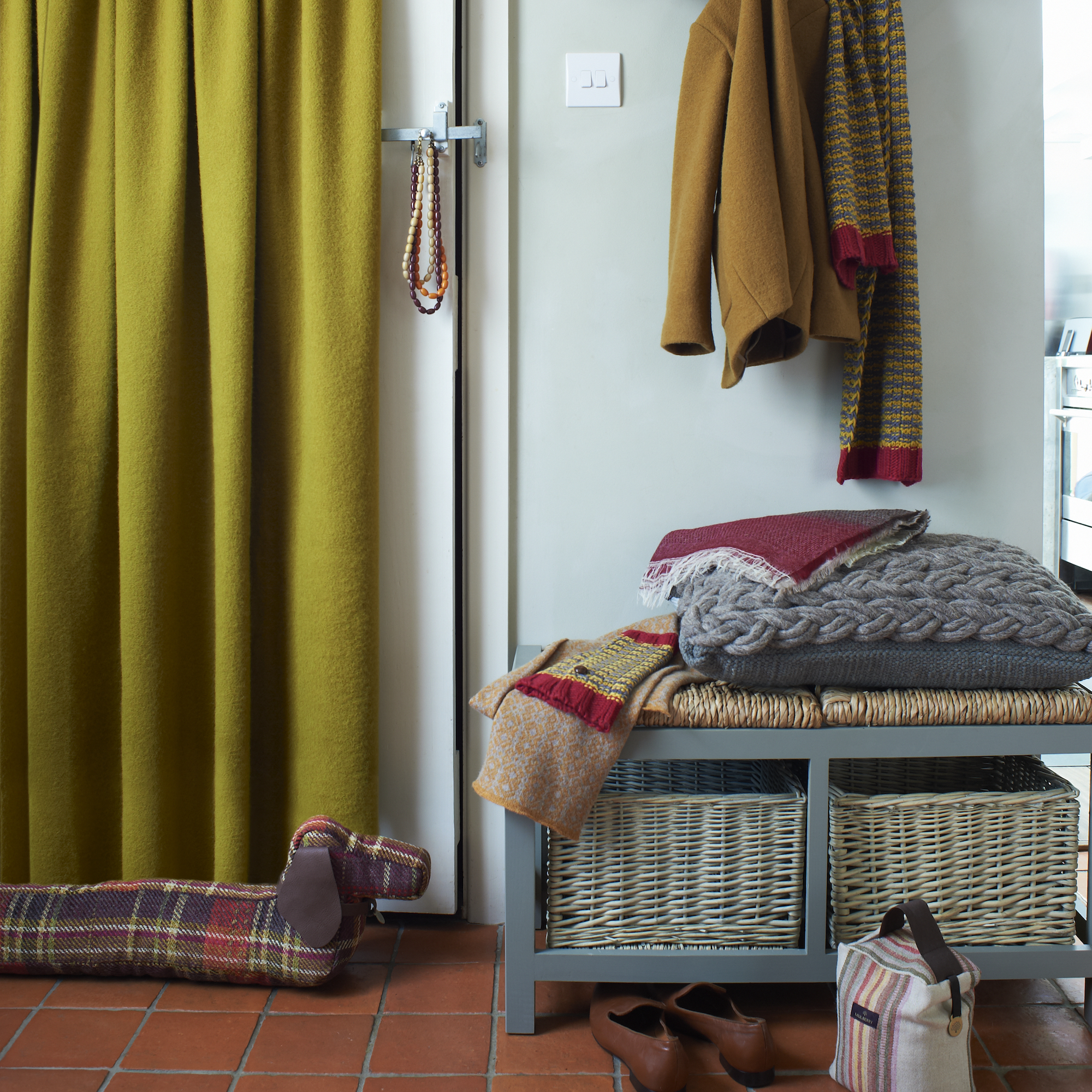
If you don't think insulation tape is for you, or you're looking to add even more DIY insulation to your home, there are additional things you can try.
'Another affordable DIY tip is to install window insulation film which is a cheaper alternative to getting double glazed windows fitted,' suggests Jess Steele, heating expert from BestHeating. 'You can buy kits for less than £10 in most hardware stores, and they are easy to fit yourself to boost your homes insulation.'
Draught excluders, door brushes and even a new letter plate for your letterbox will all help, too. Reconsider your window treatments as well. 'Heavy, insulated curtains will help retain heat inside by adding a layer of protection around windows that obviously have a cold surface that can expel cold into the room,' says heating expert Nicholas. 'They could save up to 15% on heating costs.'
Available in 6 colours, this draught excluder won't be an eyesore when in use.
Simple to install, this budget-friendly door brush will help block out draughts.
Thermal curtains help keep heat in during winter, and out in summer.
So while insulation tape definitely worked for me, my home still isn't as warm as it could be, I'll be sure to try some other products and methods to let you know which work and which aren't worth your time or money.







